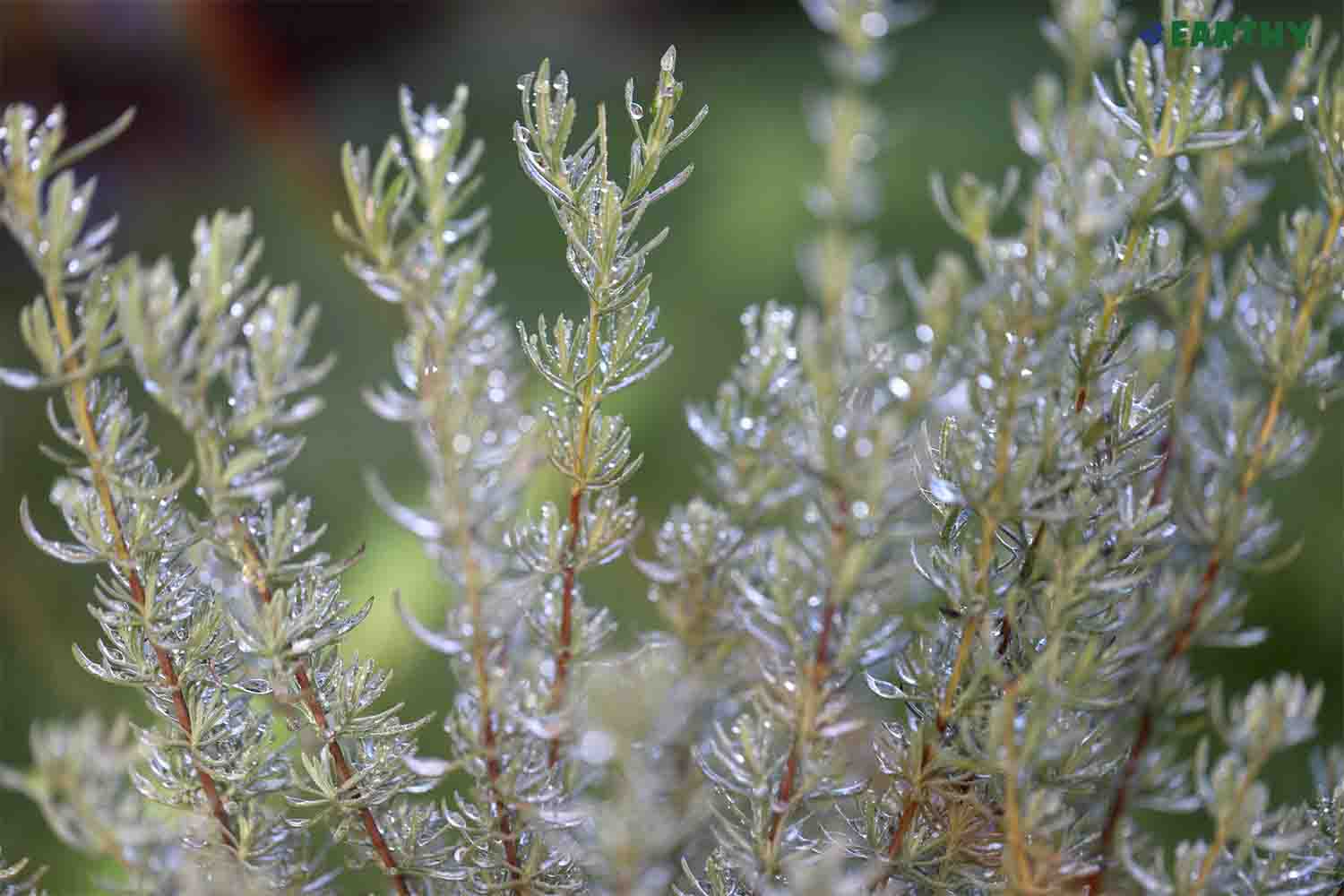There’s a good reason why the perfume industry loves to use the ocimene terpene in aroma blends: it smells wonderful! Derived from the ancient Greek word for “basil,” this pungent terpene expresses a pleasing, herbaceous, woodsy scent that some describe as sweetly satisfying.
Like basil, ocimene is hardly a one-note serenade to the olfactory neurons. Its rich complexity is part of its charm in cannabis strains, cosmetics, essential oils and other products. Outside of cannabis, ocimene occurs in various incarnations of the plant world including the essential oil of allspice, bergamot, kumquat, lavender, and mango [1].
What are terpenes?
Terpenes, including the ocimene terpene, has a chemical composition can be beneficial to both plants and humans. At their core, terpenes affect the way a plant smells and tastes.
In natural environments, terpenes may act as natural insecticides by protecting a plant and repelling predatory creatures with their scent. For this reason, essential oils with terpenes such as beta-pinene and terpinolene are sometimes used in insecticides. Pests like aphids, which can be destructive to cannabis crops, steer clear of strains high in ocimene the same way mosquitos flee from certain varieties of geraniums [1].
On the other hand, some terpenoids attract pollinators and help a plant species survive. Additionally, terpenes can affect animal behavior in other ways. Honeybee colonies, for example, use the scent of ocimene to regulate their foraging practices and social organization [2].
What is ocimene?
Alpha ocimene (α-Ocimene) and beta ocimene (β-Ocimene), both variations of the terpene ocimene, are found in the cannabis plant and the essential oils of various other plants including basil. mint, orchids, parsley, and black pepper. The ocimene terpene has a sweet, herbal, woody aroma and is used in products from specialty foods to cleaning products.
Lauded for its positive and beneficial effects when consumed in cannabis, ocimene produces a predominantly herbal smell and taste as it works synergistically in the body with other cannabis compounds like CBD and THC in what is known as the entourage effect.
Oil containing ocimene is sometimes used with other terpenes to scent perfumes, soaps, hard surface cleaners, common organic solvents, fabric softeners, as well as for other commercial use. Likewise, ocimene displays the characteristic of counteracting food spoilage when used in high enough doses [3].
Sources of and uses for ocimene
The sweet, herbal scent of ocimene makes it a popular terpene to synthesize. A major constituent of natural medicines, perfumes, and other products, ocimene is often used as an underlying scent that is mixed with more prominent scents. It may be extracted from any plant containing it such as cannabis, basil oil, lavender oil, or clary sage oil.
Ocimene is employed in a wide swath of everyday products such as perfumes, detergents, antiperspirants, shampoos, and cleaners. To ready it for use in fragrance formulations, ocimene is industrially prepared by using high temperatures and alpha-pinene [4].
Guide to Cannabis Derived Terpenes
Ocimene & cannabis
Cannabis consumers enjoy ocimene in products from smokable flower products to topical salves. Many strains high in alpha- and beta-ocimene boast a unique cannabis experience that some users claim offers uplifting effects. For instance, the Space Queen strain is relatively high in ocimene and is similarly described as “intensely trippy” and “buzzy” [5].
A cannabis strain’s terpene profile and the entourage effect
Originally proposed in 1999, the entourage effect describes a mechanism by which other elements in cannabis, such as terpenes and flavonoids, act synergistically with cannabinoids to modulate the overall intoxicating effects and benefits of the plant [6].
The endocannabinoid system is clearly involved with the entourage effect since its CB1 and CB2 receptors are the components that process, and seem to influence, many of the effects of the plant on the body. Certain effects have been theoretically associated with the entourage effect, depending on the strain in question and which cannabinoids, terpenes and compounds are present [6]. More research is needed to more accurately determine how and how well these potential benefits work.
High ocimene strains of cannabis
The top 20 cannabis terpenes help to create the profile of different strains. Cannabis strains high in ocimene tend to have a sweet, woody, herbaceous bouquet and offer uplifting sensations as the compounds of the plant work together in the endocannabinoid system. A few strains high in ocimene include Dutch Treat, Hawaiian Haze, and Sour Suver.
Final thoughts on the ocimene terpene
Many terpenes found in cannabis contribute to the enjoyability of the plant by way of their smell and the sense of wellbeing they initiate. The aromatherapy provided by terpenes such as ocimene can go a long way in offering relief to the mind and body. It’s no surprise then that ocimene continues to attract some of the most discerning cannabis users to its many botanical charms.
Why Does it Taste So Good? – Understanding the Terpene Flavor Wheel
Medical Disclaimer / Legal Disclaimer – Information is provided for educational purposes. It does not, and is not intended to, constitute legal advice or medical advice. We attempt to be accurate and up to date but the legality of cannabinoids and the science of cannabis is evolving. The author is neither a legal professional nor a medical expert. Before buying or using any products, you should check with your local authorities and medical providers.






